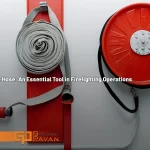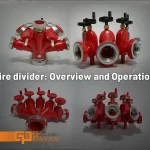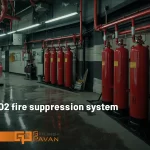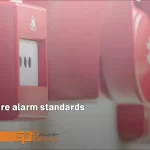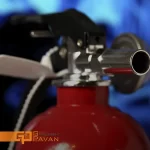NFPA is the standard of the American National Fire Protection Association, which includes various codes. One of its parts is the NFPA 13 standard related to sprinkler fire extinguishing systems, which we will examine in this article from Ganjineh Pavan’s blog.
What is NFPA?
The National Fire Protection Association (NFPA) is a non-profit organization in America, which was founded in 1896 with the mission of reducing death, injury, and financial and economic damage caused by fire, electricity, and related hazards.
NFPA contains more than 300 codes and standards. These standards are designed to minimize the risk and effects of fire by establishing standards for construction, processing, design, service, and installation worldwide.
More than 250 technical committees, comprised of approximately 9,000 volunteers, review public input and vote on necessary revisions and revisions in a process endorsed by the American National Standards Institute.
NFPA 13 standard in Iran
The Third Topic of Iran’s National Building Regulations, which is dedicated to the protection of buildings against fire, in paragraphs 3-9-4 entitled “automatic sprinklers and other automatic fire extinguishing systems” requires compliance with the NFPA 13 standard.
Accordingly, until the preparation of the national regulations, the design and installation of automatic sprinkler fire fighting systems should be based on NFPA 13 reference. Therefore, familiarity with this standard is essential for construction and firefighting industry activists.
General definitions and requirements
Because fire sprinkler design involves many technical concepts, NFPA 13 devotes Chapter 3 to defining key terms used throughout the document.
A sprinkler or automatic sprinkler system is defined as a fire suppression or control device that operates automatically when its heat-activated element is heated to its rated temperature or higher, allowing water to discharge in a specified area.

The general requirements apply to all sprinkler fire extinguishing systems regardless of building type or specific configuration, unless specifically exempted in the code.
If a building uses fire sprinklers, NFPA 13 requires complete coverage of the entire property, unless the standard indicates that a specific building area is optional.
The table of classification of building possession based on the level of risk
Description | Classification of building occupancy based on the level of risk |
| Low combustible content and low heat emission are expected from fire. | Light Hazard. |
Group 1: Low flammability, a moderate amount of combustible material, height of stacks no higher than 2.44 m, and moderate heat release from the fire is expected. Group 2: Combustibility and the amount of content varies from medium to high. Medium heat release contents are not stacked higher than 3.66 m, and high heat release contents are not stacked higher than 2.44 m. | Ordinary Hazard |
Group 1: Combustibility and the number of its contents are very high, and there are compounds such as dust or fluff in it, which accelerate the fire if it occurs. The rate of heat release from the fire is high, but combustible and flammable liquids are present only in small amounts or not at all. Group 2: Moderate to large amounts of flammable or combustible liquids. It also includes cases of possession with adequate protection from combustible materials. | Extra Hazard |
Classification of stored materials in NFPA 13
In addition to the possession classification, NFPA 13 has a classification for stored materials, called “commodities” in the standard. As such, There are four classes or classes, I through IV, with Class I being the least vulnerable to fire and Class IV being the most vulnerable. Classification is determined based on the material stored and used containers (boxes, pallets, crates, containers, etc.).
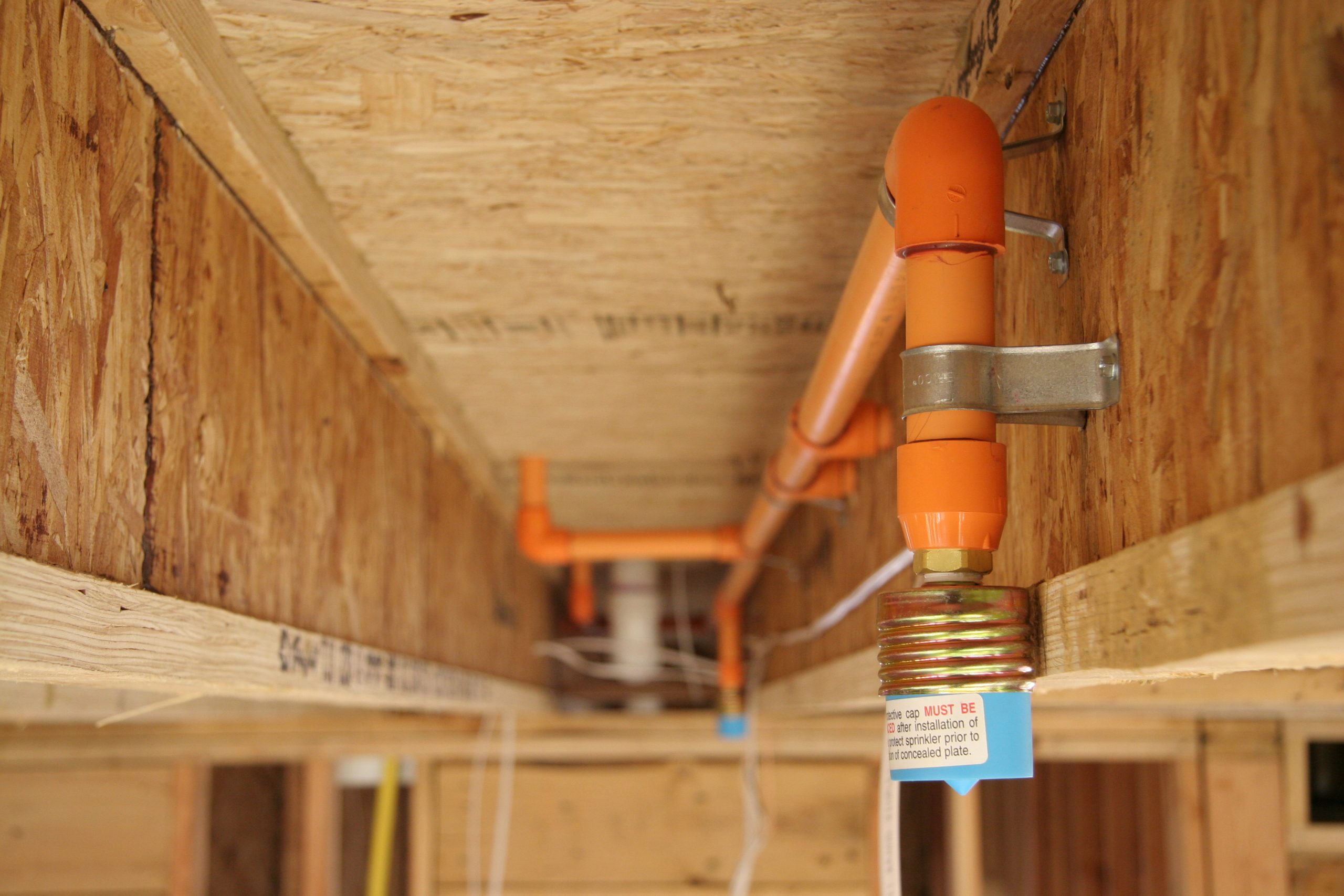
Fire sprinkler system components and installation in NFPA 13 Standard
The main content of NFPA 13 is a description of all components used in automatic sprinkler fire extinguishing systems and a description of their correct installation method and mechanical support requirements. So, This standard determines the requirements of all system components, depending on their gender and type. NFPA 13 provides both general and application-specific requirements.
The NFPA 13 standard specifies detailed requirements for each type of sprinkler system based on the table below.
Table of sprinkler system components based on their type in NFPA 13
| Description | Type of sprinkler system |
| The wet pipe is permanently filled with water. | Wet pipe |
| A dry pipe filled with pressurized gas allows water to flow through the system when a sprinkler is activated. | Dry pipe |
| Preaction is filled with water by an independent heat or smoke sensor alarm signal and released by separate activation of the sprinklers. | Preaction |
| Deluge All sprinklers are open and controlled by sensors. When a fire is detected, all sprinklers start spraying water at once. | Deluge |
| A combined dry pipe and preaction is filled with pressurized air, but actuates just like a preaction system. | Combined dry pipe and preaction |
| Multi-cycle can be activated several times in a row. | Multi-cycle |
| Antifreeze, A pipe system in which water is mixed with an antifreeze compound. | Antifreeze |
| Circulating Closed-Loop, A tubular system that can be used to circulate water for heating and cooling purposes. | Circulating Closed-Loop |
| Gridded sprinkler system with parallel connections between the intersecting grids, so that each sprinkler receives water from both sides of the pipe when active. | Gridded |
| Looped sprinkler system in which many cross networks are connected to provide multiple paths for water flow. | Looped |
| Pipe schedule, A sprinkler system in which pipe size is determined by occupancy classification. | Pipe schedule |
Note that a sprinkler system can include a combination of more than one type. For example, a water pipe system can be configured as an antifreeze or closed-loop circulation system.
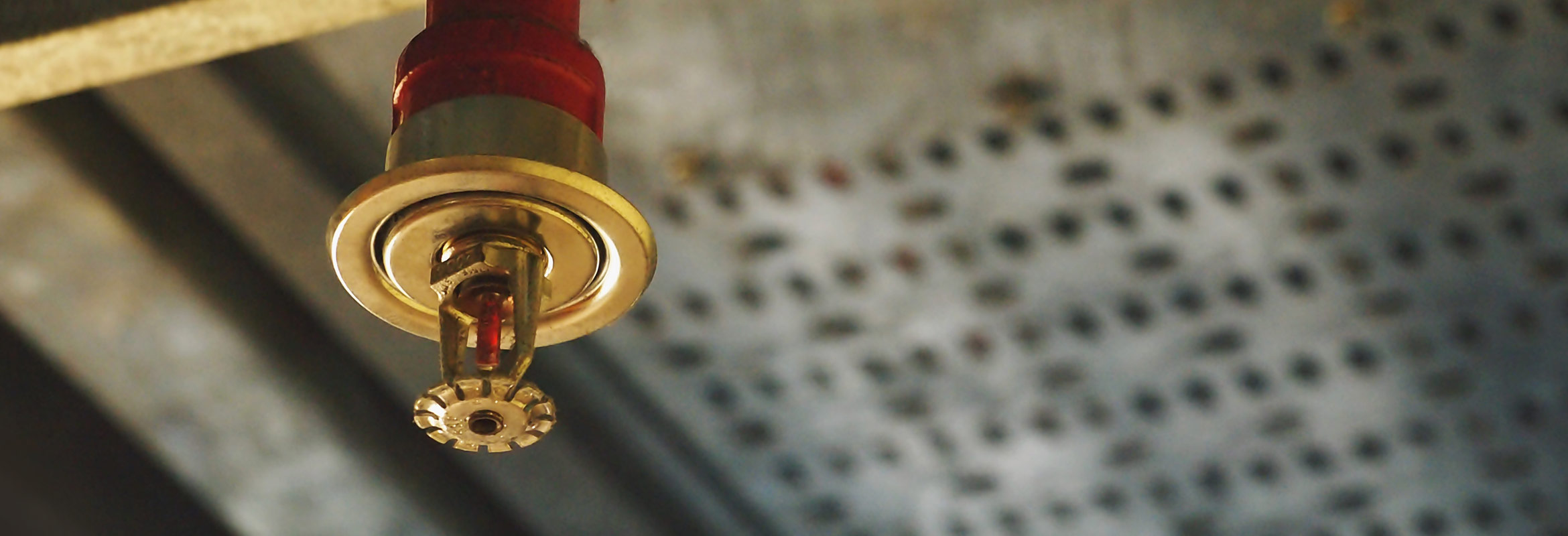
Result
The NFPA 13 standard is strict in its requirements, but given the important role automatic sprinkler systems play in fire protection, this is necessary. Therefore, complying with it will increase safety and reduce loss of life and property in case of fire.
Since, according to the national building regulations of Iran, it is mandatory to comply with the NFPA 13 standard in the design of sprinkler fire extinguishing systems and their installation.
Our specialized team of designing and installing fire alarm and extinguishing systems in Ganjineh Pavan is ready to provide you with advice in this field to provide a safe and secure environment for your work and life. So, contact our advisors now through the contact us page on the Ganjineh Pavan website.
Sources:
Iran’s national building regulations (the third issue)


